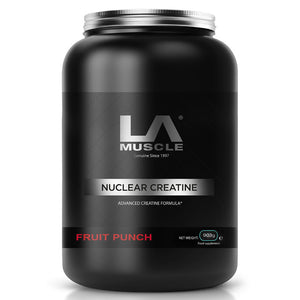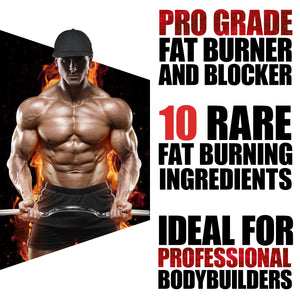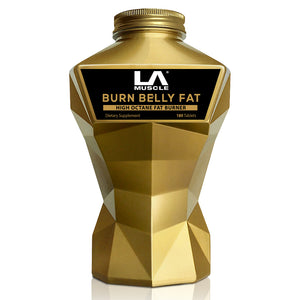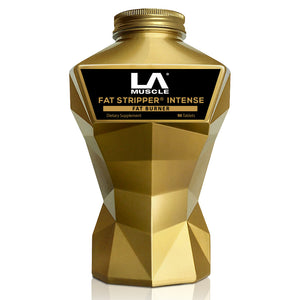
When you’ve been on a long-term break from the gym, its important to take extra care of your upper body. Training posterior muscles such as the back, scapular muscles and deltoids are crucial for maintaining good posture and avoiding the “hunched shoulders” effect.
If our posture becomes rounded from inactivity, it will force our spine to compensate when lifting and affect our ability to engage our core. Furthermore, functional exercises on these muscle groups are essential if you’ve decided to take up running while lifting is out of the picture. While running, your neck, traps and shoulders should always be relaxed and facing upright. If the shoulders become hunched, it puts a lot of strain on the chest and respiratory system, making it harder to breathe during performance. This can be damaging for your health and thoracic spine.
Here are three exercises that you can add to your training plan to prevent these issues.
1. Resistance Band Pull-Aparts
Band pull-aparts target many muscles in the posterior chain of the upper body. This makes it a very functional exercise for combatting rounded shoulders. On the contraction phase, it engages your posterior deltoids. Developing your posterior delts will strengthen the upper-frame of your body and prevent your shoulders from being pulled forward. Throughout the exercise, other muscles engaged are your rhomboids and trapezius. When these muscles are developed, they protect your thoracic spine or mid back from becoming hunched.
Keeping a pronated grip on the band with both hands, keep your arms straight and extend them directly in front of you. Demonstrate good posture and keep your body straight. Retract your scapular muscles to pull the band apart, rather than using your arms. Keep your arms straight during each repetition and don’t bend your elbows. Keeping this form, slowly release on the pull of the band and come back to your starting position. That’s one rep.
Perform three sets of 20 reps. Take a one minute rest between each round.
2. Y Raises
Y raises are a great exercise for managing structural imbalances between your chest and back. This exercise is unique for targeting your lower traps and helps strengthen the muscles around your shoulder blades and scapula. This exercise improves your ability to keep your shoulders down and retracted.
Using a large resistance band, stand shoulder-width on the inside of one end of the band. Using a pronated grip, hold the other end of the band at shoulder-width also. With your arms by your sides, raise them up toward your head to form a Y-shape movement with the band. Extend the band slightly outwards as you push up. Slowly return to your starting position and repeat again.
Perform three sets of 15-20 reps. Take a one minute rest between each round.
3. YTWs
YTW’s are a great workout for back and shoulder mobility due to its large range of movement. This exercise is great for strengthening your rotator cuff and stabilizing your shoulder blades. It also targets every muscle in your deltoids (anterior, medial, posterior) and trapezius (upper, lower) and can be performed with no equipment at all. If you’re planning to resume drills such as overhead press, snatch, or clean and jerk, I recommend doing this exercise regularly to increase your range of motion, strengthen your joints, and reduce the risk of injury.
Start by lying face down on the floor. Bring your arms forward and above you in a Y-position. Slowly raises your arms up and down in this position with both palms facing each other. Complete this movement several times. Then transition into a T-position with your arms extending away from your body at a 90-degree angle, palms facing above the body. Again, raise your arms up and down several times. Transition to a W-position for the final movement. Your arms will be positioned at a right angle, with your hands face-down against the floor and slightly above your head. Lift your arms up and down off the ground several times.
Perform 20 reps in each position (Y, T, W) for three sets. Take a one minute rest between each round.


























